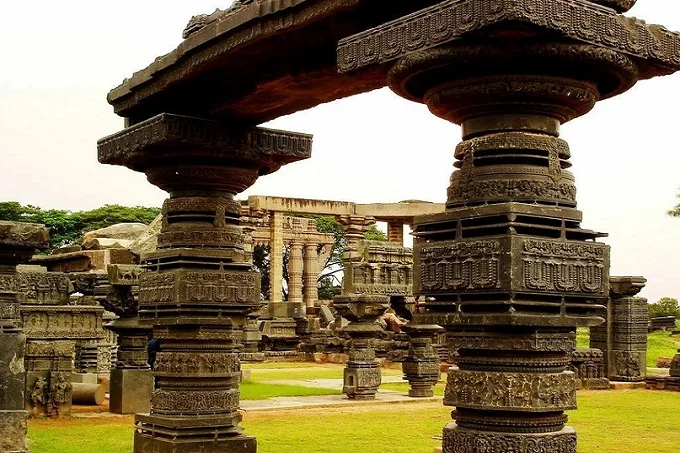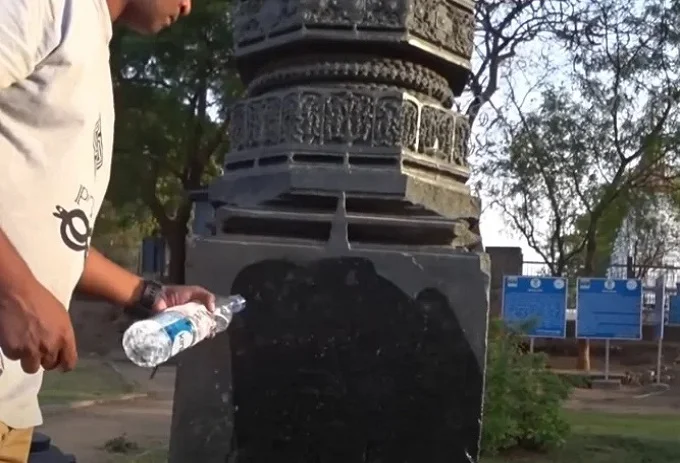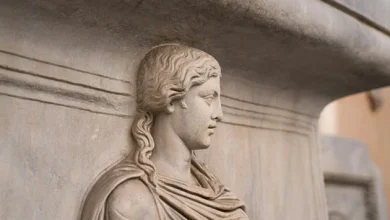Indian Warangal goes against official versions of history

According to the official versions of history, it is generally accepted that Warangal was built by the ancient Indians with the help of primitive tools and rough manual labor. Since, for a number of reasons, I disagree with their statements, therefore, I believe that its existence is contrary to the versions of official historians.
Today I will tell you about such an interesting structure as the Indian “fort” Warangal and my opinion about its original builders.
Now let me tell you why I consider Warangal to be the construction of a civilization of megalith builders, not Hindus.
First, it is worth mentioning that the most difficult materials for processing were used during the construction of Warangal, namely granite and basalt. By the way, both materials have strength starting from 6 points on the Mohs scale, and their processing is a rather complicated and time-consuming process, especially if you do not have the necessary tools.
Why did the ancient builders choose the most difficult materials for processing and did not use something simpler, like limestone or some kind of sandstone? For example, the pyramid builders mostly used sandstone for their blocks, while granite was used only in single objects, such as cladding or interior chambers and floor blocks.
If the builders decided to use granite and basalt here, then it should be concluded that working with it did not cause any particular problems. I think this option is absurd for ancient people who did not possess the high technologies or tools necessary for work.
This is the first sign that something is wrong with the official history.
Now let’s move on to the most interesting point – the quality of processing.
No matter how skillful the ancient Indians were, they simply could not achieve the ideal quality of processing granite or basalt without the necessary tools and high technologies.

However, we see a completely different picture. The processing of some blocks in the complex can be called ideal, without the slightest flaws.
An Indian researcher showed with a good example how well the polishing of the pillar is. He moistened it with water and showed that the surface was polished literally to a mirror-like state.


It is difficult to imagine how the ancient craftsmen could achieve such quality on an industrial scale (after all, there are many pillars), using only primitive tools and manual labor.
Let’s turn to logical thinking.
Since there are a lot of objects with a similar level of processing in Warangal, it should be assumed that achieving such a quality was not a big deal for builders. But we are talking about the most difficult materials to process.
Therefore, the question will be quite appropriate – how well were the builders developed, since they could afford works of such a plan?
In my opinion, the ancient Indians could not create this complex, since they simply did not have and could not have the necessary skills, tools, and level of development for work of this scale. And not only in scale but also in quality.
But suppose we assume that Warangal was built by some ancient civilization with a high level of development. In that case, the situation is quite easily explained from a logical point of view. Well, the Indians could later simply find the complex and carry out some kind of restoration or completion.
Historians are trying to bypass the moment with the construction of the temple, they only assure that it was already 900 years ago, but when it was built tactfully, they are silent. But despite all the facts, for some reason, they do not dare to deviate from conclusions with manual labor and primitive tools.




